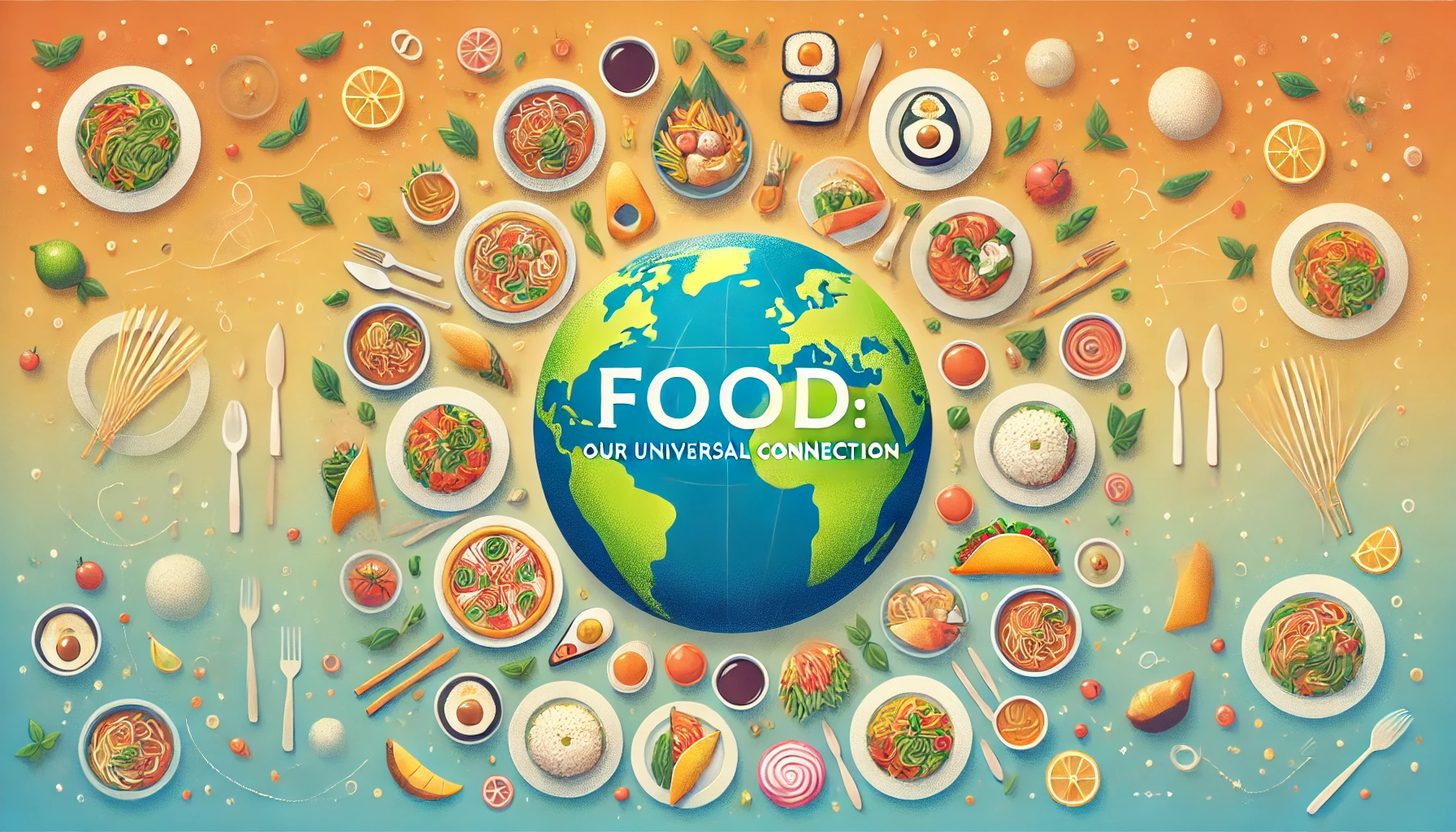Introduction: Microplastics in Indian Salt and Sugar Brands
A recent survey by New Delhi-based environmental NGO Toxics Link found MPs across all major salt and sugar brands in India. It was a very well-designed and well-worked-out research study that evoked wide concern among health experts, environmentalists, and the common man. While purporting a national problem, it is correctly pointed out that micropollutants are not only in food articles but even in the very air we breathe.
The Study: An Eye-Opener to Indian Consumers
The Toxics Link study was an attempt to find out the quantum of microplastics across various branded varieties of salt and sugar in India. Microplastics are minute plastic particles usually of a size below 5mm and could either generally be manufactured in the form of microbeads or generally be fragments broken down from larger plastics. These particles are on the rise to find their way into the environment and, in turn, onto our plates, generally coming in front of us every day without any second thought.
Various samples of the brands were tested in salt and sugar from the different parts of our country. The result was really shocking: microplastics were found in each brand tested. The implication of the results on the presence of microplastics in these products underlines how pervasive plastic pollution can be and how it can affect human health and the environment.
Sources of Microplastics in Salt and Sugar
Microplastics in the salt and sugar were sourced from entirely different media. Because salt, especially sea salt, is directly exposed to marine pollution, the major source was the. They mainly produce plastics and break down into small particles. During the production of sea salt, the seawater is evaporated and leaves behind the microplastics that were in the water, hence contaminating the final product.
Sugar may only be superficially contaminated in processing and packaging alone, and salt itself, even rock salt from underground mines, may be harvested contaminated due to the microplastics leached into the environment and lay in the ground or soil. Thus, food chains can also be all the more contaminated from harvesting to processing and packaging. Further, plastic particles blown by wind into the air and on soils and waters used for irrigation might spread to sugar crops, hence raising the possibility of having in the final product microplastics.
Microplastics: A Global Threat
Though the Indian brands come into the focus of the article scarcely, microplastic contamination is in no way an Indian problem. It is a global problem, and supplies of food and water from across the globe are getting contaminated by the same. Small plastic particles have been detected within drinking water, seafood, honey, and even within air. All this evidence is telling of how pervasive these tiny particles are how plastic pollution has filled up remote corners of Earth.
One Environmental Science & Technology study had an estimate of people’s annual consumption of nearly 50,000 microplastic particles, though many more are likely inhaled. They come with food, drinks, and air; thus, they cannot be completely avoided. However, scientists argue that plastic pollution has already hit the red line and now stringent measures on the same should be taken severely from now, which shall help minimize its effect on human health and the environment at large.
Microplastic ingestion and health impacts
Serious alarms created with the ingestion of microplastics are in relation to possible health damages. Though it is still in a research state at the moment, a lot of studies have been done stating the opinion that microplastics might be very dangerous to the human body. After ingested, particles tend to make an accumulation inside the digestive system and further cause a lot of health problems to the human body. It makes the microplastics vectors of hazardous chemicals, and in turn, provide the essence of endocrine disruption.
Thus, the ability of the chemicals is the source of interference with the hormonal systems of the body, leading to alone in the various types of diseases such as the reproductive, developmental, and immune diseases. Other than this, microplastics can increase the potential of any other chemicals of interest toward causing harm, thereby acting as their vectors. Such long-term health impacts relevant to this mode of microplastic ingestion are unknown but potentially significant. That can be done through further studying a matter on the real extent and developing strategies for adumbrating reduction of microplastics exposure.
Microplastics in the Air We Breathe
Probably, nothing is more frightening than the fact that microplastics are in the air we breathe. It was found that microplastics exist in the airing of both indoor and outdoor areas and can have the possibility of intrusion into the airway of lungs. Several sources release them to the ambient air, the most significant among them being synthetic textiles, plastic packaging, and industrial processes.
The larger population density and the numerous activities undertaken in city areas might create a greater concentration of these pollutants in the environment of such urban areas. Microplastic pollution can get so intensive in the badly ventilated environment indoors. If inhaled, these particles usually get stuck in the lungs, causing respiratory problems, and most probably take part in the development of chronic conditions like asthma and lung diseases.
Impact of Microplastics on Environment
Besides their health impacts, microplastic wastes are also potentially hazardous to the environment. These particles could remain in the ecosystems for hundreds of years and could also turn out to be toxic to the aquatic ecosystem and wildlife. The ingesting of microplastics by aquatic life, meaning fish, seabirds, and mammals, results from mistaken identity since they take the plastics for food.
Resultant is the physical damage from blockage in which accumulation of the microplastic would occur, and also the chemical damage from the toxic elements that micro plastics carry along. Example: Particles of microplastics shall disturb the structure of the soil, quality of water, nutrient cycling, and cause perturbation of the plant and animal populations. Alarmingly, it is also the long-term impact of microplastics on aquatic and terrestrial ecosystem because microplastics are introduced into the environment on a perpetual basis.
Dealing with Microplastic Pollution
Microplastic pollution is an extremely multi-faceted issue. It must start right from its very origin the source of plastic pollution itself. Unless reduction in production and use let alone release to the environment of plastics is made possible through efforts in combination by governments, industries, and people, things are not going to improve. Reductions of this order can be brought about essentially only through policy actions that provide environmental support for the use of plastics alternatives that are sustainable or encourage, in a manner specific to the programs, recycling and waste reduction.
Next to which are measures at the industrial level, also favoring the restriction in microplastic emissions by improving the filtration systems used in the production plants or with the use of safer materials during the conditional time. Even as individual citizens, everyone’s contribution to the cause can count, mostly by reducing the usage of single-use plastics and buying greener products that have recycling schemes to back them. Higher public awareness of the impacts from plastic pollution would further raise demand for less harmful alternatives and safer products.
Way Forward: Reducing Our Exposure to Microplastics
Discovery of microplastics in branded Indian salt and sugar sounds a clarion call to consumers and policymakers alike. This has implications for several issues; first off, the exposure and potential harm increases, as it is almost impossible to rid the environment and the food chain of all microplastics.
Researches are ongoing in terms of how microplastics can be distinguished and reduced from foods and water supplies, where newer and more advanced forms of filtration systems and cleaning technologies are fabricated. Further research is therefore required to clearly identify the health impacts resulting from microplastic ingestion and inhalation and the intervention measures to be implemented for the prevention and reduction of exposure.
Ultimately, it will boil down to collective responsibility for microplastic solutions. That means persons, companies, and the governments that regulate them all have to provide solutions. Now, designing around plastic mitigation strategies based on effective waste management systems, further research, and innovation will be required. Then we will have a smidgen of hope for a cleaner and healthier future of people and the planet.
Conclusion: Microplastics A Global Challenge
Microplastics are everywhere. It contains important information about fulfillment of food sources, drinking water, and atmosphere. How microplastic pollution faces a reflection in Indian varieties of salt and sugar forms just one face of it. While the explicit health risks from microplastics are still being tested, it already goes without saying that this is an emergent public health and environmental crisis that has to be curbed urgently.



























Leave a Reply